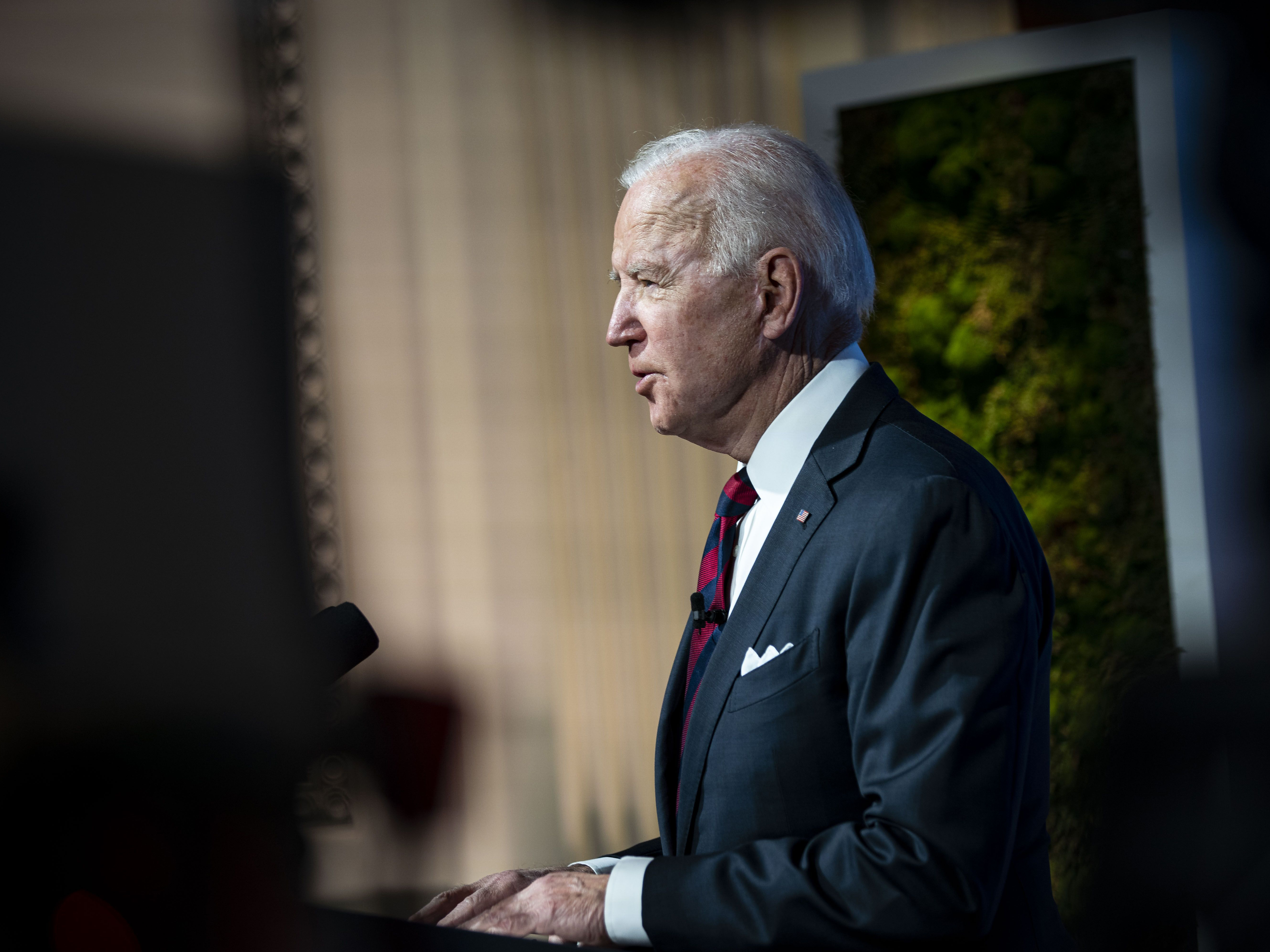
Visit Our Sponsors |
|
|
|
|
|
|
|
|
|
|
|
|
|
|
|
|
|
|
|
|
|
|
|
|
|
|
|
|
|
|
|
|
|
|
|
|
|
|

The Biden administration Thursday proposed new mileage standards and limits on greenhouse gas emissions from cars and trucks that exceeded what some environmentalists feared would be issued.
The fuel economy and emissions requirements proposed by the Environmental Protection Agency and Department of Transportation would strengthen mandates eased by the Trump administration — and, over time, mark a return to a more stringent path charted by former President Barack Obama in 2012.
“Today, I am following through with a campaign commitment to reverse the previous administration’s short-sighted rollback of vehicle emissions and efficiency standards,” President Joe Biden said at a White House event to announce the new standards as well as a national goal for half of the new cars sold in the U.S. be powered by batteries or other no-emission technology.
The new regulations mandate fleet-wide vehicle mileage of 52 miles (83.7 kilometers) per gallon by 2026, up from 40 mpg this year. The EPA said its proposal would result in a 10% reduction in vehicle emissions in model year 2023 and then a 5% greater emissions reduction improvement each year after through 2026.
“It’s definitely an improvement” over previously reported versions, said David Cooke, a senior vehicles analyst with the Union of Concerned Scientists. “It’s better than what we thought. It’s still not where we need to be.”
“There are still plenty of loopholes and flexibilities that undermine what could be a very strong rule,” Cooke said.
The mandates are a centerpiece of President Joe Biden’s climate plans and mark his administration’s first major effort to use regulation to stem planet-warming greenhouse gases. Federal regulators are developing additional rules targeting methane emissions from oil wells and carbon dioxide releases from power plants, after the Trump administration relaxed requirements.
The Transportation Department said its new standards would increase fuel-efficiency 8% annually for model years 2024-2026, and increase estimated fleet-wide average by 12 miles per gallon by model year 2026.
“These robust standards are underpinned by sound science and technical expertise, encouraging the development of technology and innovation that will drive America forward into a clean energy future,” EPA Administrator Michael S. Regan said in a statement. “We are excited about building on the partnerships with states, cities, industry, labor, and NGO stakeholders to realize this vision together.”
U.S. Transportation Secretary Pete Buttigieg said in a statement the proposal “would save drivers hundreds of billions of dollars on gas, reduce pollution, and help counter the climate crisis we are seeing all around us.”
“By giving American car manufacturers a clear path forward, we will ensure that more of those clean vehicles, and jobs, are created right here,” he said.
Dan Becker, director of the Center for Biological Diversity’s Safe Climate Transport Campaign, said the proposed EPA standards would still fall short of the goals set by Obama.
“I don’t feel comfortable that those percentage numbers accurately reflect what the proposal does,” Becker said.
While the proposed Biden EPA rule reaches a projected industry target of 171 grams of carbon dioxide per mile, the Obama rule would have achieved a standard of 163 grams of carbon dioxide per mile a year earlier, Becker said.
Representative Rashida Tlaib, a Michigan Democrat, acknowledged there would be complaints from some quarters about the regulations.
“As somebody that’s a huge environmental justice advocate, I can tell you, this is moving towards that direction but that doesn’t mean we’re going to stop pushing the administration and many folks to say we gotta do more,” she said during a tour of a GM EV plant in Detroit. “We’ve come a long way.”
Separately, EPA said it has begun work on a “series of major rulemakings” to reduce greenhouse gas emissions and other air pollutants from trucks, with the first planned to be finalized in 2022 for model year 2027 heavy-duty vehicles. A second rule will seek even steeper greenhouse gas reductions for heavy-duty vehicles sold in model year 2030 and beyond, the EPA said.
The EPA said it would be taking public comment on the light-duty vehicle proposal until Sept. 27.
RELATED CONTENT
RELATED VIDEOS
Timely, incisive articles delivered directly to your inbox.






